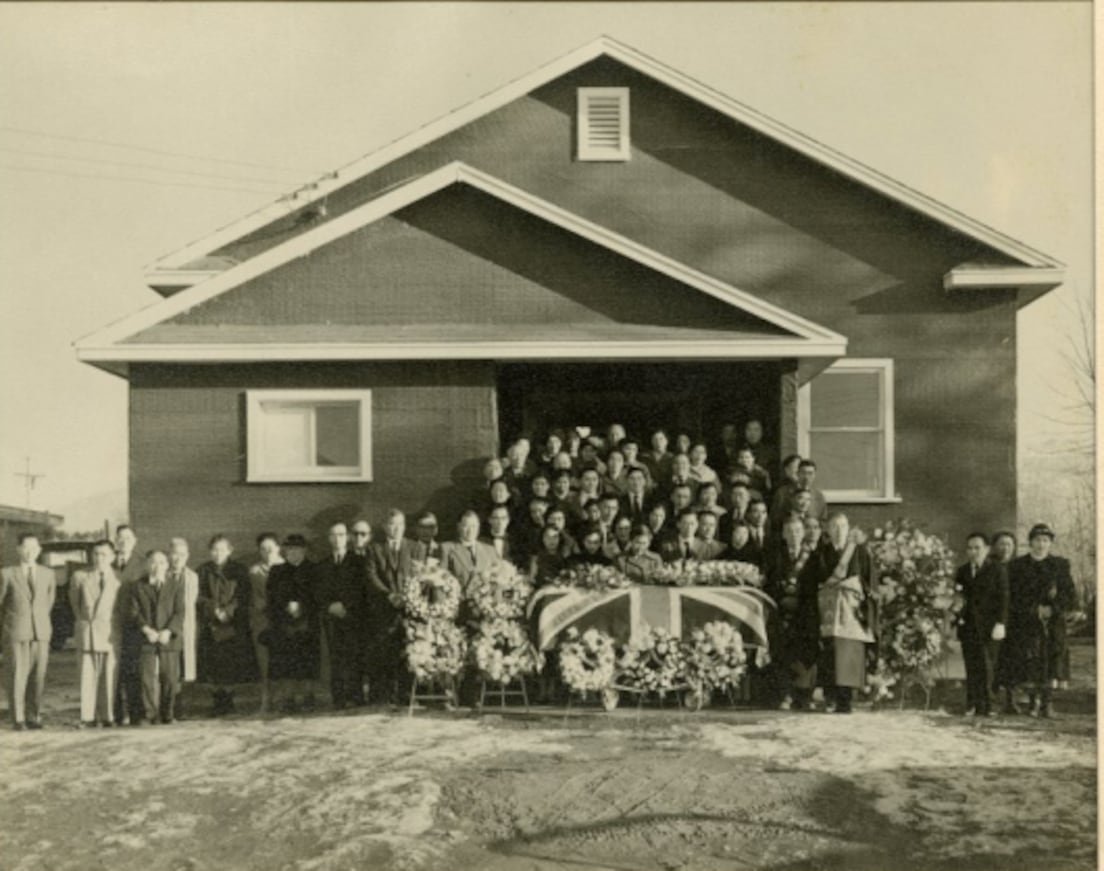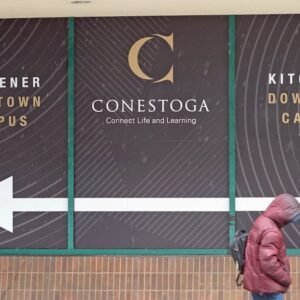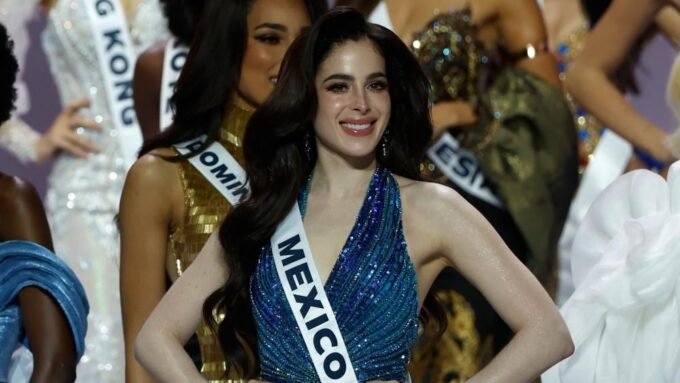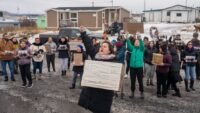It’s strange and a little bitter how memory works. For decades, the names and faces of Japanese Canadian soldiers who fought in the First World War were mostly absent from public view — until recently, when a community historian’s patient work finally put them back on Vancouver’s streets. For me, seeing those blown-up photos downtown felt like a small correction: overdue, imperfect, but necessary.
A quiet campaign that took years
One woman — a community historian — spent more than 15 years in dusty archives, on family phone calls, in attics of old newspapers. She tracked down descendants, read through military files, pieced together letters and clippings. It’s the kind of research that takes patience and stubbornness; you get fragments and then you try, again and again, to make a person out of them. The result: large banners showing the faces of Japanese Canadian veterans who fought in WWI, now visible where people walk every day.
You could say it’s symbolic. And it is. But it’s also corrective. These were men who volunteered to fight for a country that denied them basic rights. They signed up when the choices were limited — Alberta was the only province that accepted their enlistment — and many of them were not young rookies. Jiang, the historian, found that a lot of these soldiers were older, in their 30s and 40s, and a number were already seasoned fighters. Some had even seen combat in the Russo-Japanese War of 1905. So they came, not out of naiveté but with experience and purpose.
Also read: Family Calls for Change After Young Boy Denied Medical Evacuation Due to Status Card Issue
Why they went to war
One telling point: many enlisted to press for recognition at home — specifically, the right to vote. They risked life and limb hoping, perhaps, that their service would force Canada to rethink how it treated its Japanese Canadian citizens. They had families, chores, livelihoods; yet they went. That’s the kind of mix of idealism and pragmatism that feels very human. They wanted to prove loyalty and, in doing so, to demand dignity.
Their service wasn’t merely symbolic. The records tell you that some fought in major, brutal engagements: Vimy Ridge, Hill 70, Ypres, Passchendaele. These are names that carry a weight. One of the men, private Otoji Kamachi, served with the 52nd Battalion and survived multiple gunshot wounds. He spent months in hospital late in 1917. He survived, but scars — physical and otherwise — lasted.
Recognition delayed and then reversed
There’s an ugly twist. In WWII, the country swung from ignoring their contributions to outright punishing them. After Pearl Harbor, Japanese Canadians were branded “enemy aliens.” Thousands were uprooted, shipped to internment camps, and stripped of property. Veterans were not spared. That’s a hard fact to hold: those who had risked themselves for Canada were later rounded up, their homes sold off at rock-bottom prices. Kamachi himself watched as his boat and 15 acres — valued at $750 — were sold for $86. He wrote about it from the camp: the loss, the cramped living conditions, the awkwardness of being a wounded veteran expected to do hard labor.
It’s almost too stark: the same country that benefits from your sacrifice then treats you as a threat. That contradiction — of pride and betrayal — is everywhere in these stories. And perhaps it helps explain why so many of these veterans’ stories went quiet. Shame, fear, the logistics of displacement — they all conspired to keep family histories incomplete. One descendant, Kelly Shibata, told Jiang he had almost no information about his grandfather’s wartime service until she started asking. Imagine that: a family with a decorated veteran whose story had drifted away.
Small acts of recovery
What the historian did is not heroic in the theatrical sense. It’s painstaking. She found names, dug up service records, linked images to descendants, and coaxed out memories. She also found little human details — a farmer who grew a strawberry named the “British sovereign,” for example — that make the past feel alive again. These kinds of findings matter. They let a family reclaim a person, not just a file, and they let the public see who actually served.
Kamachi’s life after war paints that messy arc: injured soldier, interned man, then tomato and strawberry farmer, husband, father of eight. He lived long enough to see Japanese Canadians win the federal vote in 1948, but not to hear the formal apology and compensation in 1988. Still, his casket was draped with a Union Jack when he died in 1957, and his family says he kept his military pin on at important moments. Small signs of pride, even if the country took a long time to return the respect he had earned.
Also read: Tragedy Strikes Lions Bay: Community Grieves Loss of Beloved Couple in Landslide
Why this matters now
Putting these faces on the street is more than nostalgia. It’s a reminder — blunt and public — that history is messy and often unkind. The banners force passersby to look up and say a name, maybe to ask a question. For descendants like Shibata, the act of public recognition can heal something: a shared memory rebuilt, a family conversation restarted. He says the tribute brought them closer; I believe him. Memory works in private and in public, and both matter.
There are broader lessons here too. The men who fought weren’t angels or martyrs placed on pedestals; they were people with complicated motives, brave in some ways and pragmatic in others. They wanted voting rights; they wanted dignity. They also wanted to protect families and do what they thought was right. Nothing tidy about that. And the nation’s failure to protect them later tells us something about fear and policy and how quickly rights can be stripped when hysteria sets in.
A final thought
These banners are simple — faces, names — but they do something important: they let us remember, or perhaps begin to remember, in a way that’s public and hard to ignore. If we walk by them and feel a twinge of discomfort or curiosity, that’s probably a good start. Remembering isn’t the same as fixing wrongs; it’s only the beginning. Still, giving those men back their names — that matters. It always mattered.














Leave a comment